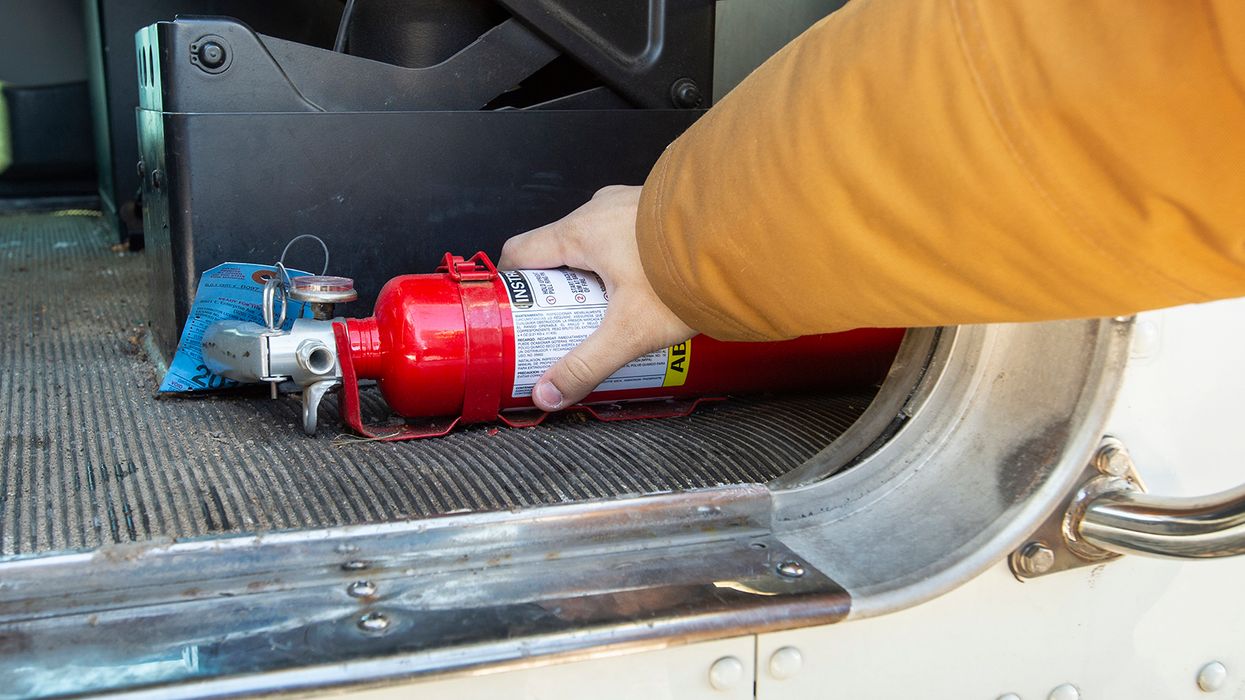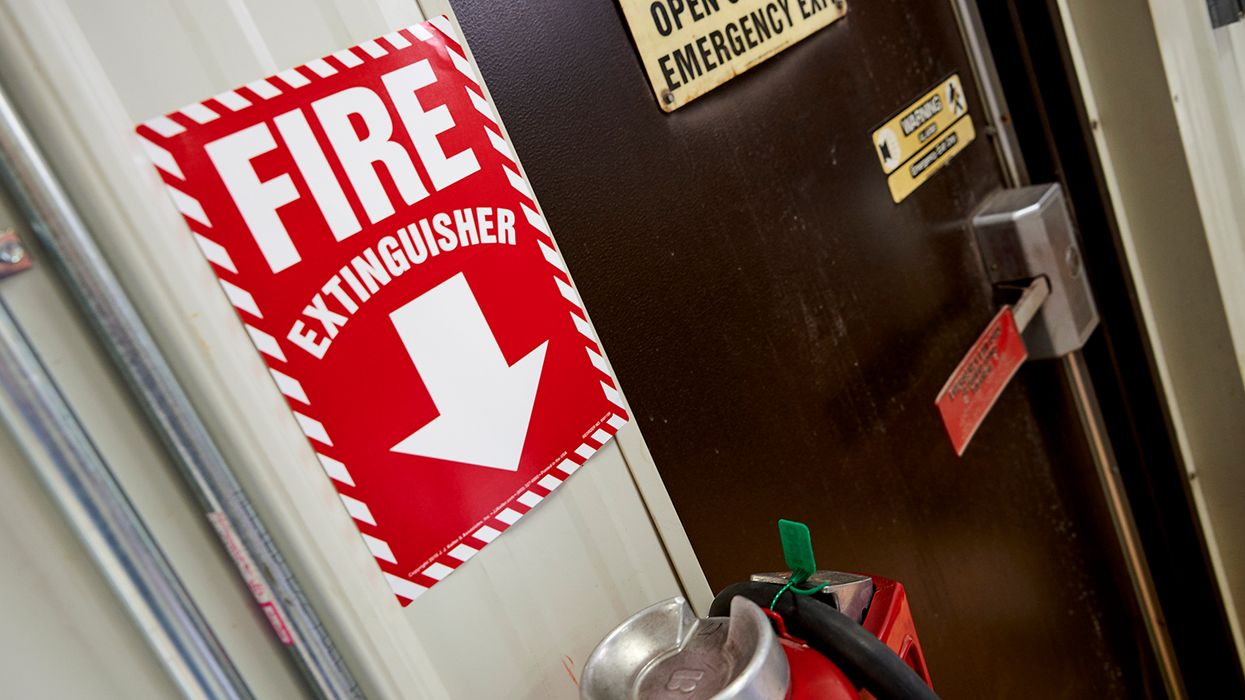They’re back! Whopping 31 percent hike in OSHA inspections
You might say OSHA is getting back to its old self again! Inspectors came out strong in fiscal year (FY) 2022, much like the pre-pandemic years. With a hefty budget and less call for inspectors to hunker down at home, the agency conducted 31,820 total inspections, or a 30.8 percent spike from FY 2021!
That’s the latest news from a just-issued Annual Inspection Activity report from federal OSHA that offers the enforcement data for October 1, 2021, to September 30, 2022, or FY 2022. The data does not count the inspections conducted by states and jurisdictions operating state plans.
| See our related article, “Five questions and answers about the OSHA inspection process” (03/07/2023). Also visit our ezExplanation “Inspections under OSHA.” |
In FY 2023, federal OSHA is working on 6 percent more inspections, for a total target of 33,790. Enforcement units would remain relatively unchanged at 60,179.
What else is in the report?
The report offers the break-downs for:
- Total programmed inspections — Inspections kicked off by national, regional, or local emphasis programs. These inspections direct enforcement resources to industries and operations where known hazards exist, such as COVID-19, silica, combustible dusts, chemical processing, and falls in construction.
- Total unprogrammed inspections — Inspections prompted by imminent danger, fatalities, catastrophes involving the hospitalization of three or more employees, injuries/illnesses, employee complaints, referrals, or other inspections.
- Enforcement units— Units calculated to give more weight to complex enforcement activities that focus on the most hazardous workplaces and operations. Examples include process safety management, combustible dust hazards, fatality/catastrophe cases, trenching, electrical hazards, and fall hazards.
How did the inspection data shake out?
Looking at the table, you can see that total inspections dropped in FYs 2020 and 2021 but have rebounded in FY 2022. Programmed inspections for FY 2022 made up 44 percent of all inspections. Unprogrammed inspections, however, dominated with 56 percent of all inspections. Of the unprogrammed inspections:
- Employee complaints drew the most, with 38.3 percent;
- Referrals came in second with 34.3 percent;
- Fatality/catastrophe inspections took 6.3 percent; and
- Other unprogrammed inspections held the remaining 21.1 percent.
| Statistic | FY 2017 | FY 2018 | FY 2019 | FY 2020 | FY 2021 | FY 2022 |
| Total inspections | 32,408 | 32,023 | 33,393 | 21,710 | 24,333 | 31,820 |
| Total programmed inspections | 14,377 | 13,956 | 14,900 | 8,729 | 10,584 | 14,081 |
| Total unprogrammed inspections | 18,031 | 18,067 | 18,493 | 12,981 | 13,749 | 17,739 |
| Fatality/catastrophe inspections | 837 | 941 | 919 | 1,498 | 1,386 | 1,119 |
| Complaint inspections | 8,249 | 7,489 | 7,391 | 4,592 | 4,955 | 6,789 |
| Referral inspections | 6,286 | 6,463 | 6,718 | 4,810 | 5,310 | 6,091 |
| Other unprogrammed inspections | 2,659 | 3,174 | 3,465 | 2,081 | 2,098 | 3,740 |
What about the enforcement units?
The agency explains that the OSHA Weighting System (OWS) replaced the Enforcement Weighting System in FY 2020. Following completion of its third fiscal year, the enforcement portion of OWS is displayed in the table. Comparing the enforcement units (EUs) from FY 2021 to FY 2022, you see that the number of inspections for:
- 7-point EUs for criminal and significant cases went up 59 percent;
- 5-point EUs for cases involving fatalities, catastrophes, chemical plants, and process safety dropped 15.5 percent;
- 3-point EUs for cases involving the focus four hazards rose 24 percent;
- 2-point EUs for cases for time-intensive, high-priority, or novel hazards shot up 57 percent; and
- 1-point EUs for any other cases also climbed 37 percent.
About 18,000 cases involving 1-point EUs (quick and easy inspections) made up 57 percent of the total EU cases for FY 2022. This was followed by over 10,100 cases (or 32 percent) involving 3-point EU cases covering focus-four hazards.
| OWS summary | Weighting system coverage | FY 2020 | FY 2021 | FY 2022 | |||
| Inspections | EU value | Inspections | EU value | Inspections | EU value | ||
| All groups | All inspections | 21,710 | 43,925 | 24,333 | 48,386 | 31,820 | 60,037 |
| Group A – 7 EUs | -Criminal cases -Significant cases | 128 | 896 | 75 | 525 | 119 | 833 |
| Group B – 5 EUs | -Fatalities and catastrophes -Chemical plant NEP and PSM-covered inspections | 1,554 | 7,770 | 1,462 | 7,310 | 1,235 | 6,175 |
| Group C – 3 EUs | -Caught-in hazards, e.g., trenching, equipment operations, oil/gas -Electrical hazards, e.g., overhead power lines, electrical wiring methods -Fall hazards, e.g., scaffolds, elevated walking/working surfaces -Struck-by hazards, e.g., highway work zones, landscaping, material handling | 6,836 | 20,508 | 8,157 | 24,471 | 10,148 | 30,444 |
| Group D – 2 EUs | -Amputation hazards -Combustible dust -Ergonomics -Federal agency inspections -Heat hazards -Non-PEL overexposures - Workplace violence hazards -Permit-required confined space hazards—e.g., grain storage, maritime or construction -Personal sampling, e.g., air contaminants or noise -Site-specific targeting | 1,559 | 3,118 | 1,443 | 2,886 | 2,267 | 4,534 |
| Group E – 1 EU | All other inspections not otherwise listed | 11,633 | 11,633 | 13,196 | 13,196 | 18,051 | 18,051 |
Key to remember
From an OSHA inspection standpoint, the pandemic is no longer a barrier. Inspection counts rebounded in FY 2022. Note that this FY 2023, federal OSHA plans 6 percent more inspections, for a total of 33,790.



















































